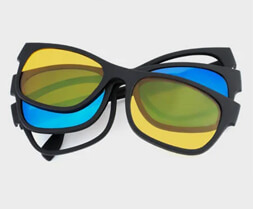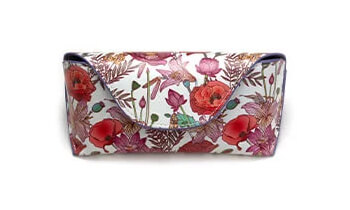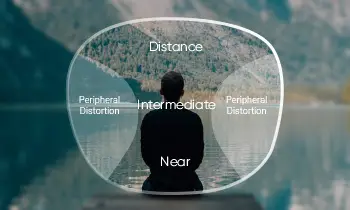The weather has been gradually widening the temperature difference between day and night; sometimes, the temperature is higher at noon, while the night is cold and shivering. Many people have caught a cold because of this; some think it's just a minor problem and not a big deal. But in fact, many people do not know that in addition to bringing fatigue to the human body, the cold will also cause specific eye effects.
Why are my eyes still uncomfortable when I have a cold and still have tears? Can my eyes also catch a cold?
Why do I cry a lot when I have a cold?
Tears are produced by the lacrimal glands and are produced every day. The amount of tears produced is in dynamic balance with the number of tears excreted, so usually, there is no tearing even though you see more wetness in the eye socket.
A cold is an upper respiratory tract infection, and when it occurs, it causes congestion and edema in the nasal cavity, resulting in nasal congestion and a runny nose. The lacrimal duct's opening is located in the nasal cavity. If nasal congestion is apparent, it will cause tears to accumulate in the eyes as they cannot drain from the lacrimal ducts, and thus tears will not stop flowing.
Why do my eyes get red and itchy when I have a cold?
If your eyes are red, itchy, and accompanied by photophobia, tearing, and blurred vision after a cold, you should be aware that Viral Keratitis may come to you!
The preventive capacity of the cornea can be diminished for various reasons. Internal or external pathogenic factors can trigger corneal tissue inflammation, collectively referred to as keratitis.
Viral keratitis is an inflammation of the cornea caused by a viral pathogen. As a common eye disease in autumn and winter, viral keratitis has a long course. It is prone to recurrent attacks, which gradually worsen corneal clouding after several attacks, making it one of the more common blindness-causing eye diseases. Therefore, when you have a cold, you must pay close attention to it and not ignore viral keratitis!
Prevention of viral keratitis
- It is essential to perform a moderate exercise to enhance physical fitness.
- Pay attention to adequate rest and avoid various triggers such as exertion, staying up late, mental tension, and alcohol consumption.
- Do your hygiene and wear a mask when you go places with a lot of people.
- Be sure to wash your hands regularly before eating, and don't rub your eyes with dirty hands.



































